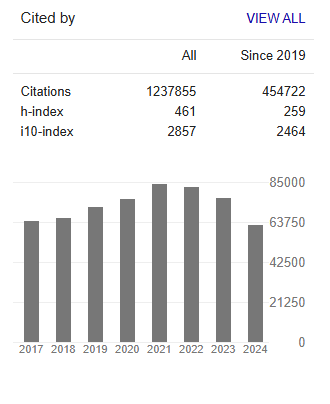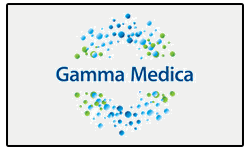New Trends in the Treatment of Grade II Furcation Defects by Using Second Generation Platelet Concentrates
Abstract
Juan Pablo Pava Lozano, Manuel Alejandro Sabogal, Dayana Andrea Mora, Yuly Constanza Ortiz, Juan Pablo Hinojosa, David Gutierrez and Ana Luisa Munoz
The furcation defect is defined as the pathological reabsorption of interadicular bone that occurs in multi-rooted and bi-rooted teeth in advanced stages of periodontal disease, it represents a great challenge for dentists and specialists when treating them, due to their different anatomical variations such as: root trunk, furcation opening, root relationship, interdental and interadicular morphologic features, the interadicular separation and the angle of root distance, that can interfere in the response to treatment. Some surgical strategies to cover furcation defects and exposed roots include free gingival grafts, pedicle flaps, sub epithelial connective tissue grafts, and application of different biomaterial-based grafts. We present a Case report of a 49 year-old patient who was diagnosed with grade II furcation defects on teeth 46 and 47, which were treated with Platelet- Rich Fibrin (PRF) is an autograft obtained from a blood sample of the patient undergoing processing in a centrifuge machine plus a coronal displacement flap surgical technique. A mucoperiosteal partial superficial thickness flap was lifted up from affected teeth and PRF was obtained from a patient blood sample (10mL) in a glass tube without anticoagulant, which was immediately processed on centrifuge machine. The flap was repositioned to coronal level beyond the cement enamel line with 2 PRF membranes placed on the root surfaces and sutured. Morphometric, tomography and clinical measurement was performed 6 months after the procedure to analyze the interadicular molar zones. The surgery showed presence of hard and soft tissues evaluated clinically and tomographically with a significant coverage of p <0.05 in the fornix zones of the molars. On the interadicular area morphometric values shows that tooth 46 there was a decrease (0.0005) of -1.127 (2.104 ± 0.06 vs 0.977 ± 0.07) of defect and tooth 47 (0.0047) of -0.850 (1.891 ± 0.04) vs 1.041 ± 0.05) CONCLUSION Use of CDF together with PRF can be considered as a treatment option because it achieves a ostensibly osteoconductive, biocompatible function and reduces patient recovery time improving the prognosis of established defects.




